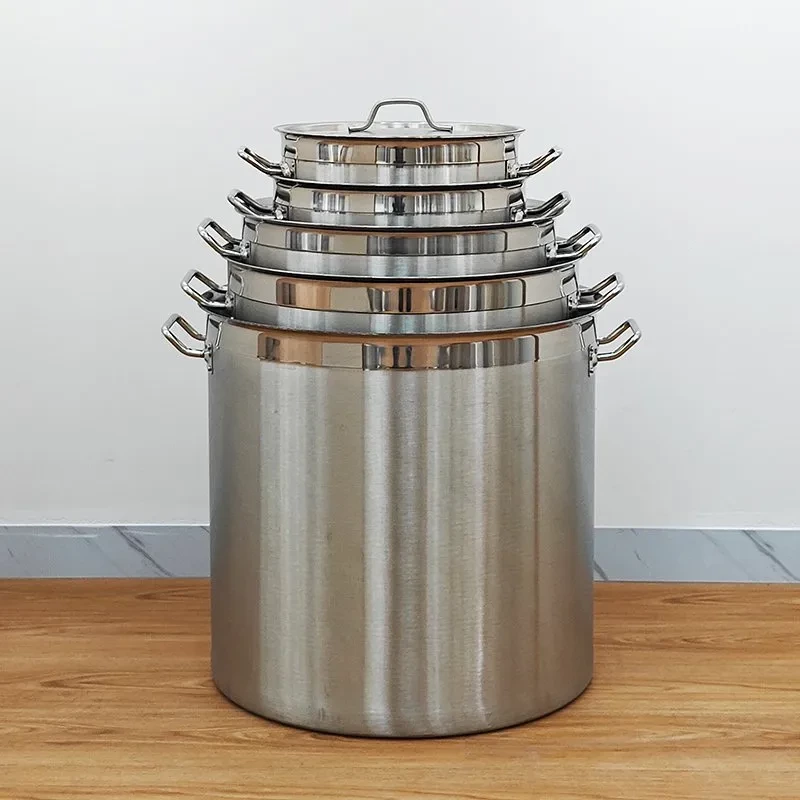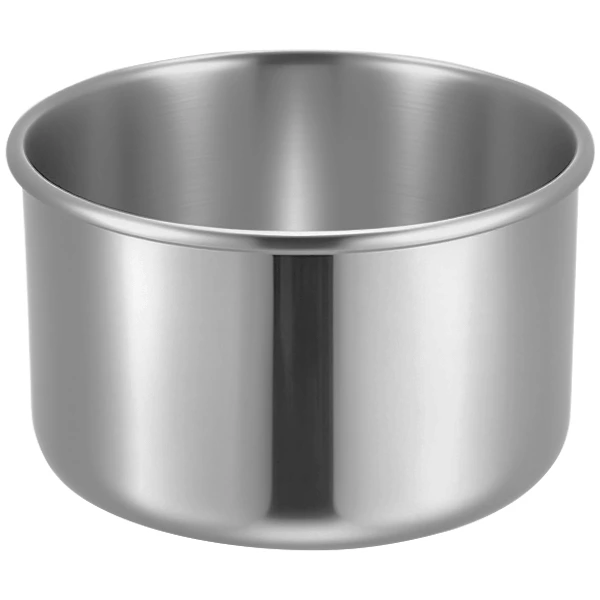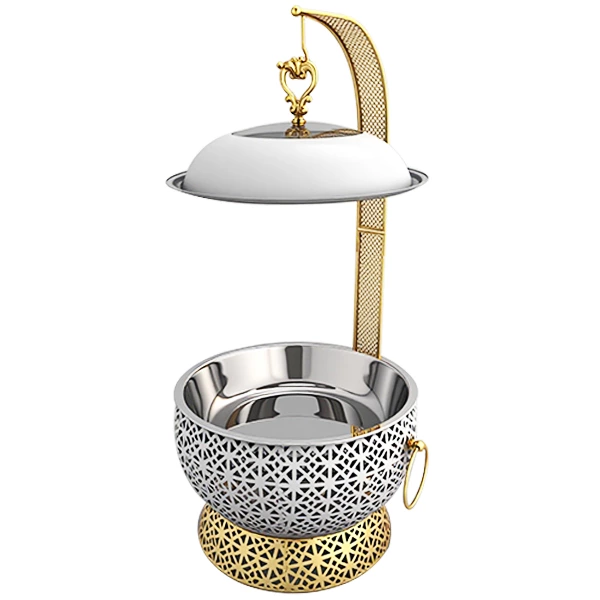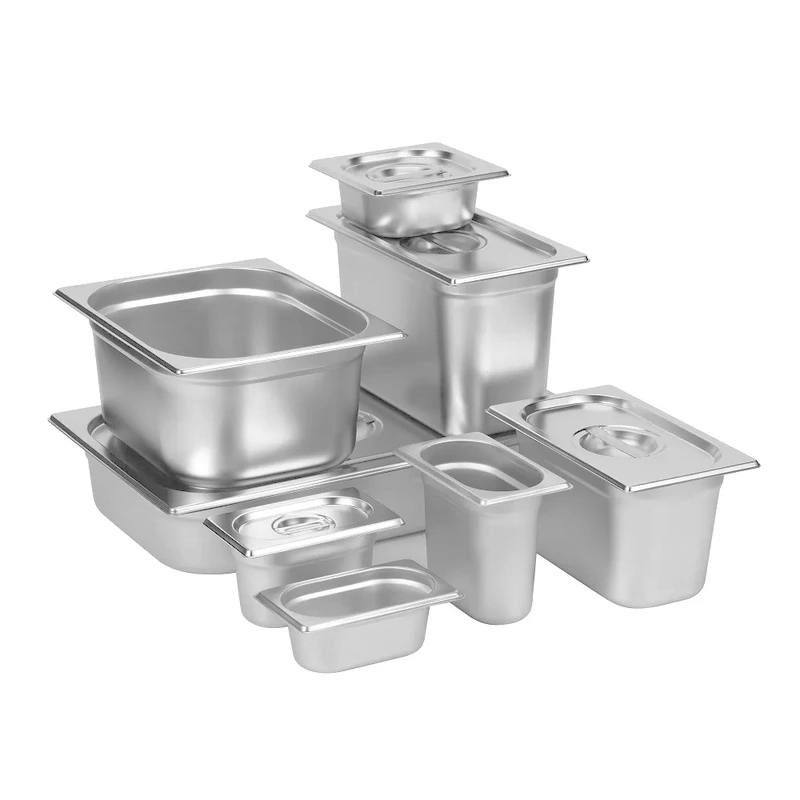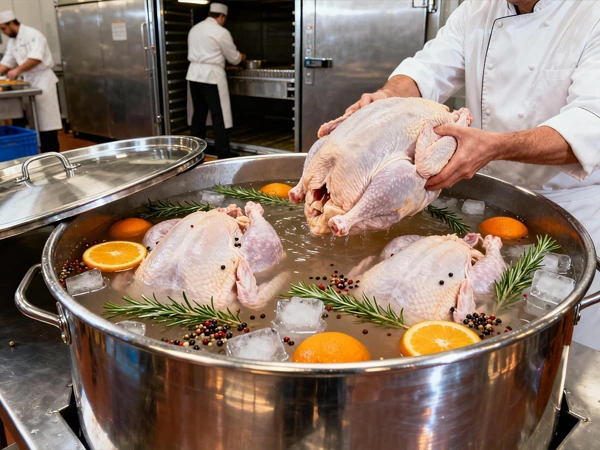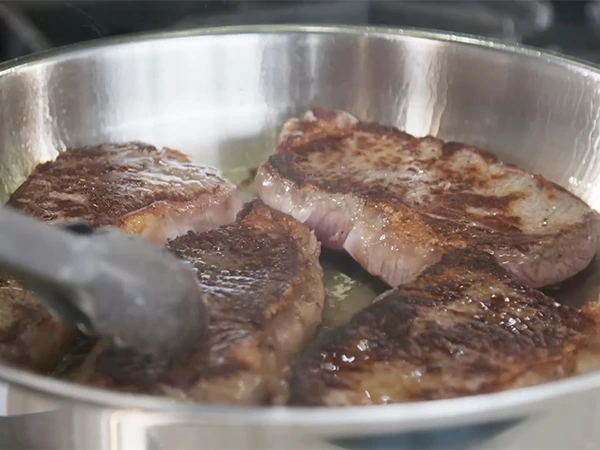It’s 72 hours before Thanksgiving. Your walk-in cooler is packed, the prep team is stressed, and you have 30 turkeys that need to be brined immediately.
In many commercial kitchens, this leads to a common desperation move: breaking out the large plastic utility buckets (or worse, buying new trash cans). While this might solve the volume issue temporarily, it creates significant problems regarding food safety, flavor transfer, and professional standards.
This year, stop hiding plastic bins in the back of your walk-in. The perfect solution for bulk turkey brining is likely already sitting on your equipment rack: your Commercial Stainless Steel Stock Pots.
Here is why switching to Large Capacity Cooking Pots is the smartest move for your Thanksgiving prep workflow.
The “Plastic vs. Steel” Debate: Why Material Matters
When submerging poultry in a solution of salt, sugar, aromatics, and often citrus (acid) for 24 to 48 hours, the container material is critical.
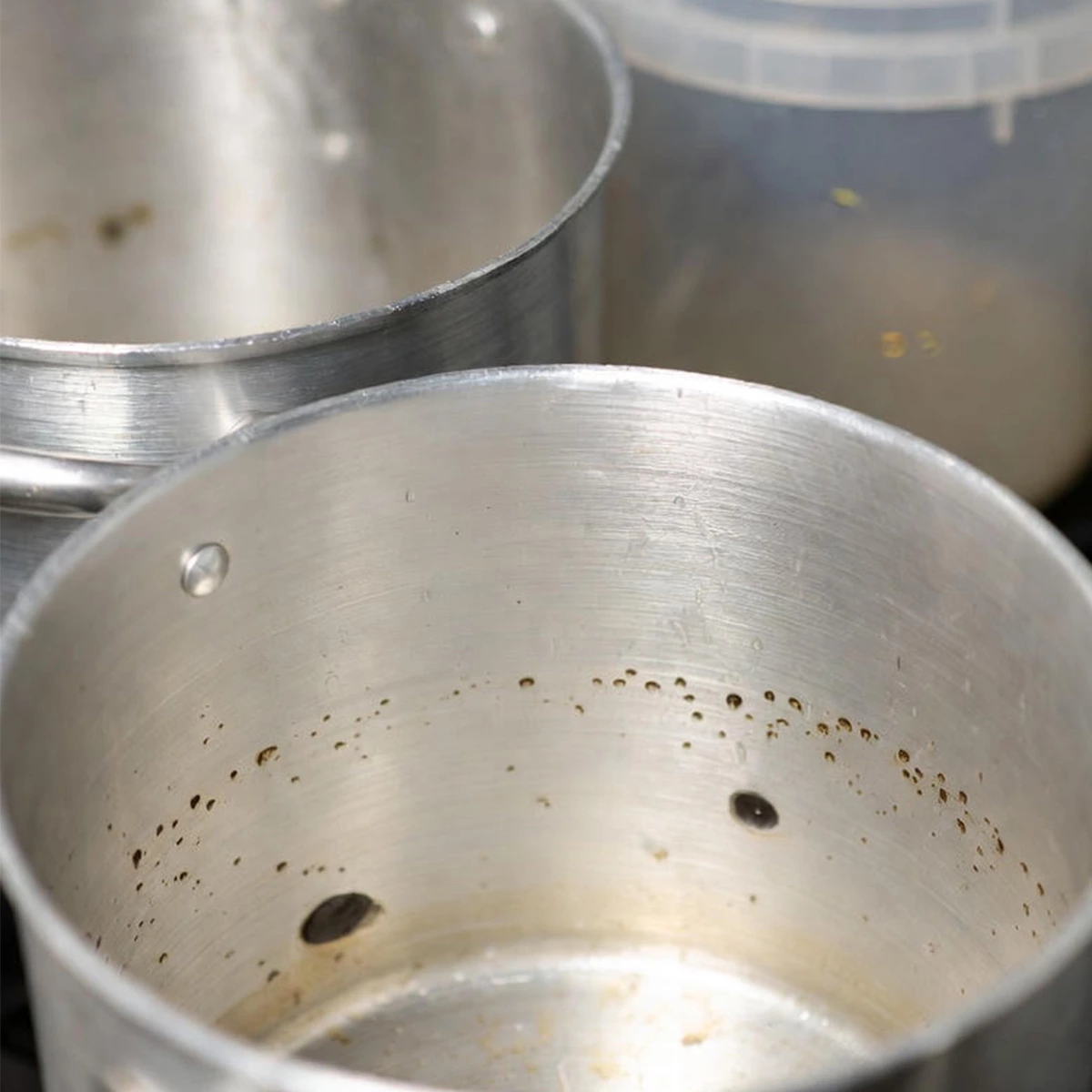
Reactivity Risks
Standard aluminum pots react with the acids and high salt concentration found in brines. This reaction can leach a metallic taste into the turkey meat and discolor the skin. Plastic buckets, unless specifically food-rated, can leach chemicals or retain odors from previous uses (like cleaning detergents).
DSKitchenware’s Stainless Steel Stock Pots are made from non-reactive, high-grade stainless steel. They are impervious to the acidity and salinity of even the strongest brines, ensuring your flavor profile remains pure.
Thermal Conductivity: Winning the Race Against the "Danger Zone"
One of the biggest challenges in bulk turkey brining is temperature control.
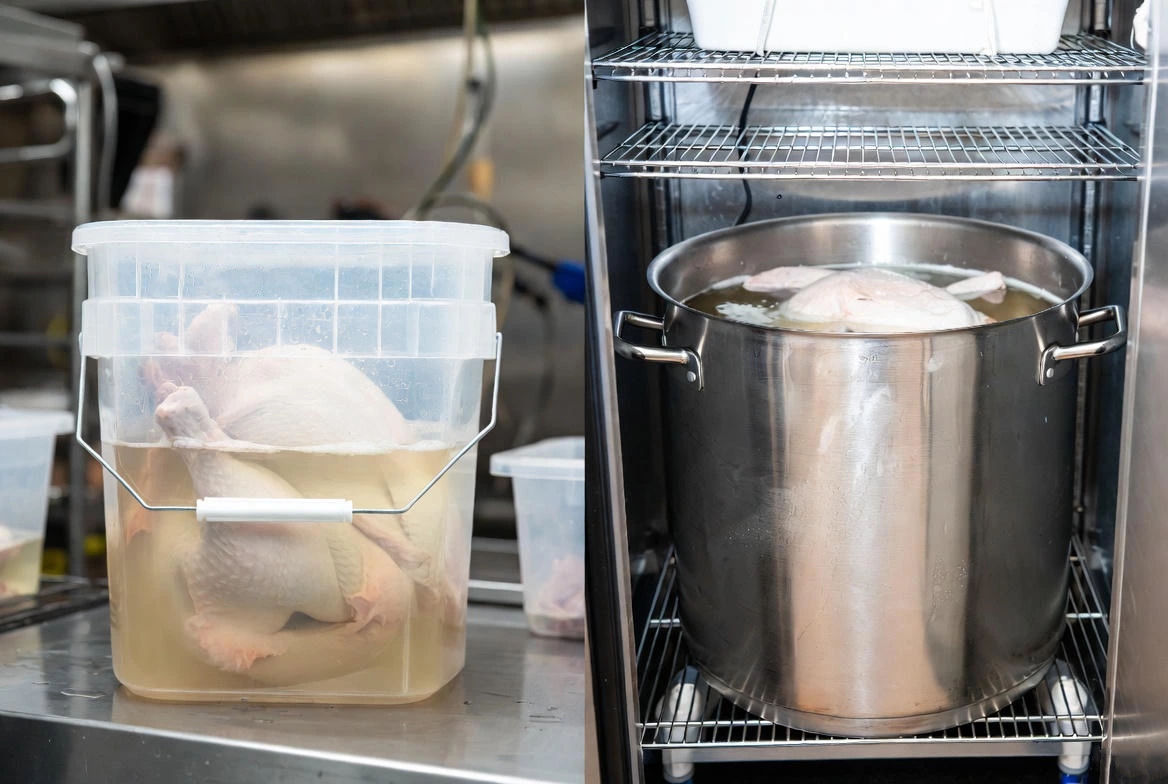
Plastic is an insulator. If you pour room-temperature brine over turkeys in a plastic bucket, that heat gets trapped. It can take several hours for the liquid in the center of the bucket to drop below 41°F (5°C), leaving your poultry in the bacterial "Danger Zone" for too long.
Metal, specifically stainless steel, is a conductor. When you place our **Commercial Stock Pots** into a walk-in cooler, the cold air immediately acts on the metal walls, rapidly drawing heat out of the brine. This rapid cooling is essential for food safety and preserving the texture of the meat.
Capacity Planning: How Many Turkeys Fit in Your Pot?
Stop guessing. To help you plan your "Walk-in Tetris," we have calculated the capacity based on standard Heavy-Duty Commercial Stock Pots and average 12-14 lb turkeys.
(Note: Always account for water displacement! Put the turkeys in first, then add the brine.)
From Cold Prep to Hot Stove: The Workflow Advantage

The final advantage of using stock pots over plastic bins is versatility.
Once the turkeys are pulled from the brine on Thanksgiving morning, you don’t need to find storage space for empty plastic bins. Simply wash the pot, and it immediately goes onto the stove to start simmering turkey necks and vegetable scraps.
By using Stainless Steel Stock Pots, you are turning a single-use storage item into a multi-purpose asset that drives profit—first by brining the meat, and second by producing gallons of rich turkey stock for your gravy and soups.
Upgrade Your Thanksgiving Arsenal
Don't let equipment limitations slow down your holiday rush. Ensure your kitchen is equipped with safe, durable.
Ready to standardize your prep? Browse our full collection of Commercial Stock Pots today and turn your back-of-house chaos into an organized machine.
